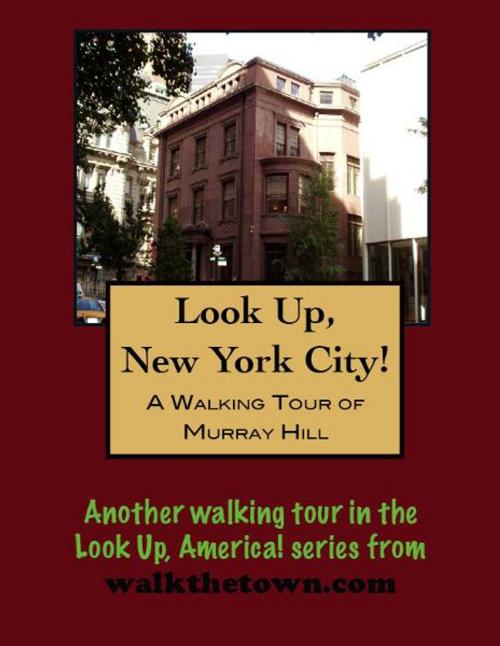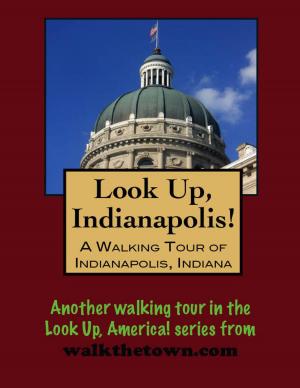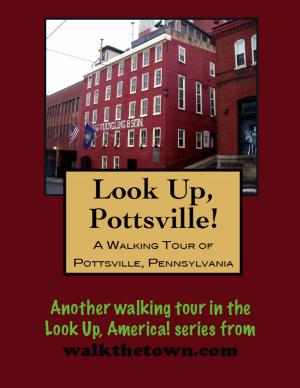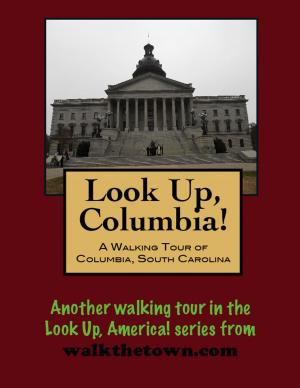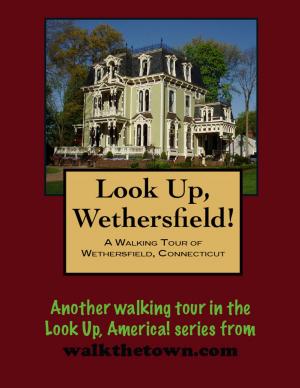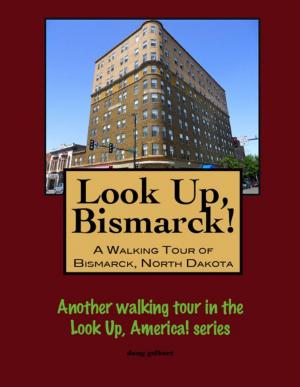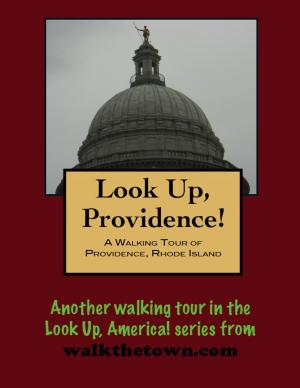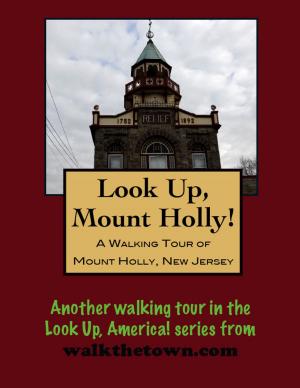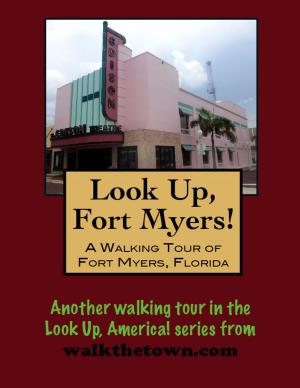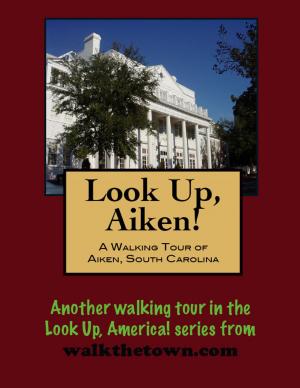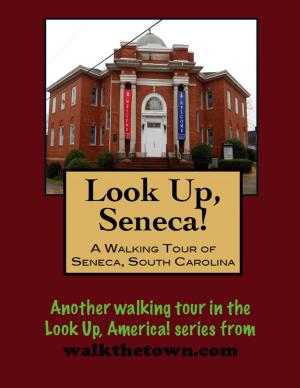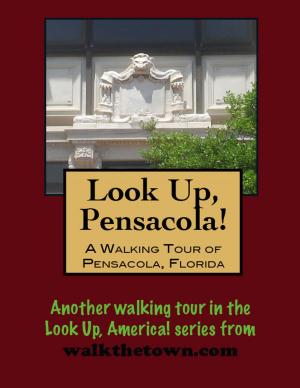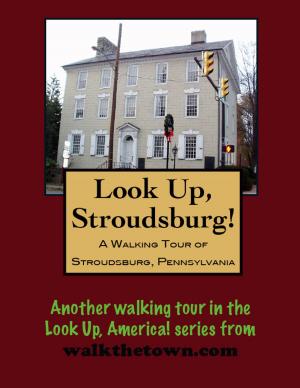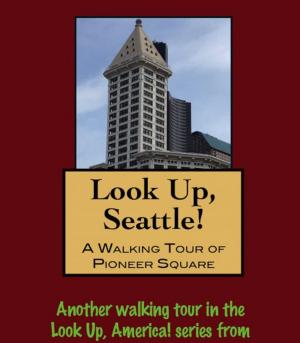| Author: | Doug Gelbert | ISBN: | 9781452307688 |
| Publisher: | Doug Gelbert | Publication: | January 11, 2010 |
| Imprint: | Smashwords Edition | Language: | English |
| Author: | Doug Gelbert |
| ISBN: | 9781452307688 |
| Publisher: | Doug Gelbert |
| Publication: | January 11, 2010 |
| Imprint: | Smashwords Edition |
| Language: | English |
There is no better way to see America than on foot. And there is no better way to appreciate what you are looking at than with a walking tour. Whether you are preparing for a road trip or just out to look at your own town in a new way, a downloadable walking tour from walkthetown.com is ready to explore when you are.
Each walking tour describes historical and architectural landmarks and provides pictures to help out when those pesky street addresses are missing. Every tour also includes a quick primer on identifying architectural styles seen on American streets.
In the 1750s Robert Murray, a proseperous Quaker merchant began laying out a 25-acre farm near the top a hill called Inclenberg that is now Park Avenue between 36th and 37th streets. For the better part of the next 100 years the Murrays who lived here called their country estate “Belmont.” New Yorkers called it Murray Hill.
According to legend the Murrays played a part in the American Revolution. On September 15, 1776 the Battle of Manhattan began in Kips Bay when five Britihs warships routed untrained Colonial troops and sent them in disorderly retreat. Mary Murray took this moment to invite the British commander General Sir William Howe and his men to interrupt their pursuit and rest at Belmont to enjoy a pot of tea, allowing the Americans to escape. Apparently Mary Murray’s charms trumped the desire to put down an armed rebellion.
The coveted Murray propety began to be divided into building lots in the 1840s but family injected the famous “Murray Hill Restrictive Agreement” into each deed that barred business and commerce from fouling their beloved land. So only residential dwellings were allowed in Murray Hill and it became New York’s most fashionable address for a time in the mid-nineteenth century. Some of the familys receiving mail here included the Belmonts, Rhinelanders, Roosevelts, Havermeyers, Tiffanys and Morgans. Opulent mansions were built between Fifth and Park avenues and carriage houses serving them occupied spaces between Lexington and Third avenues. There were plenty of handsome townhouses, mostly in brownstone, as well.
The Restrictive Agreement couldn’t keep out the crass commercial class forever. Retailers invaded Fifth Avenue in the early 1900s and Park Avenue beacme the street of choice for multi-unit, high-rise apartments. But the attempt to steer the fortunes of their ancestral lands helped shape the vibrant residential oasis in midtown Manahattan that survives to this day.
This walking tour will start at the site of Belmont, where the two-story stone house stood, until a fire in 1835, facing on the present intersection of Park Avenue and 37th Street...
There is no better way to see America than on foot. And there is no better way to appreciate what you are looking at than with a walking tour. Whether you are preparing for a road trip or just out to look at your own town in a new way, a downloadable walking tour from walkthetown.com is ready to explore when you are.
Each walking tour describes historical and architectural landmarks and provides pictures to help out when those pesky street addresses are missing. Every tour also includes a quick primer on identifying architectural styles seen on American streets.
In the 1750s Robert Murray, a proseperous Quaker merchant began laying out a 25-acre farm near the top a hill called Inclenberg that is now Park Avenue between 36th and 37th streets. For the better part of the next 100 years the Murrays who lived here called their country estate “Belmont.” New Yorkers called it Murray Hill.
According to legend the Murrays played a part in the American Revolution. On September 15, 1776 the Battle of Manhattan began in Kips Bay when five Britihs warships routed untrained Colonial troops and sent them in disorderly retreat. Mary Murray took this moment to invite the British commander General Sir William Howe and his men to interrupt their pursuit and rest at Belmont to enjoy a pot of tea, allowing the Americans to escape. Apparently Mary Murray’s charms trumped the desire to put down an armed rebellion.
The coveted Murray propety began to be divided into building lots in the 1840s but family injected the famous “Murray Hill Restrictive Agreement” into each deed that barred business and commerce from fouling their beloved land. So only residential dwellings were allowed in Murray Hill and it became New York’s most fashionable address for a time in the mid-nineteenth century. Some of the familys receiving mail here included the Belmonts, Rhinelanders, Roosevelts, Havermeyers, Tiffanys and Morgans. Opulent mansions were built between Fifth and Park avenues and carriage houses serving them occupied spaces between Lexington and Third avenues. There were plenty of handsome townhouses, mostly in brownstone, as well.
The Restrictive Agreement couldn’t keep out the crass commercial class forever. Retailers invaded Fifth Avenue in the early 1900s and Park Avenue beacme the street of choice for multi-unit, high-rise apartments. But the attempt to steer the fortunes of their ancestral lands helped shape the vibrant residential oasis in midtown Manahattan that survives to this day.
This walking tour will start at the site of Belmont, where the two-story stone house stood, until a fire in 1835, facing on the present intersection of Park Avenue and 37th Street...
